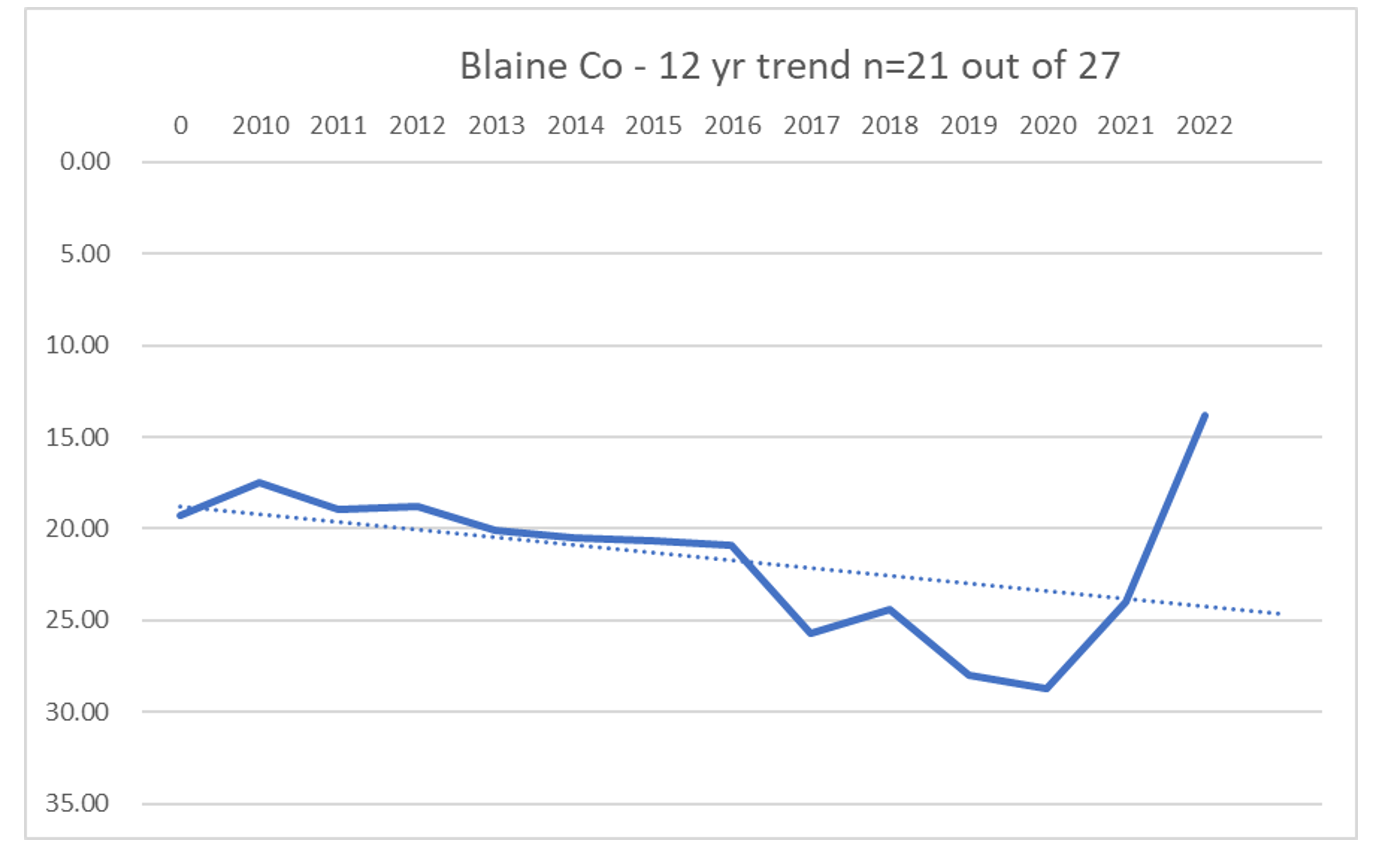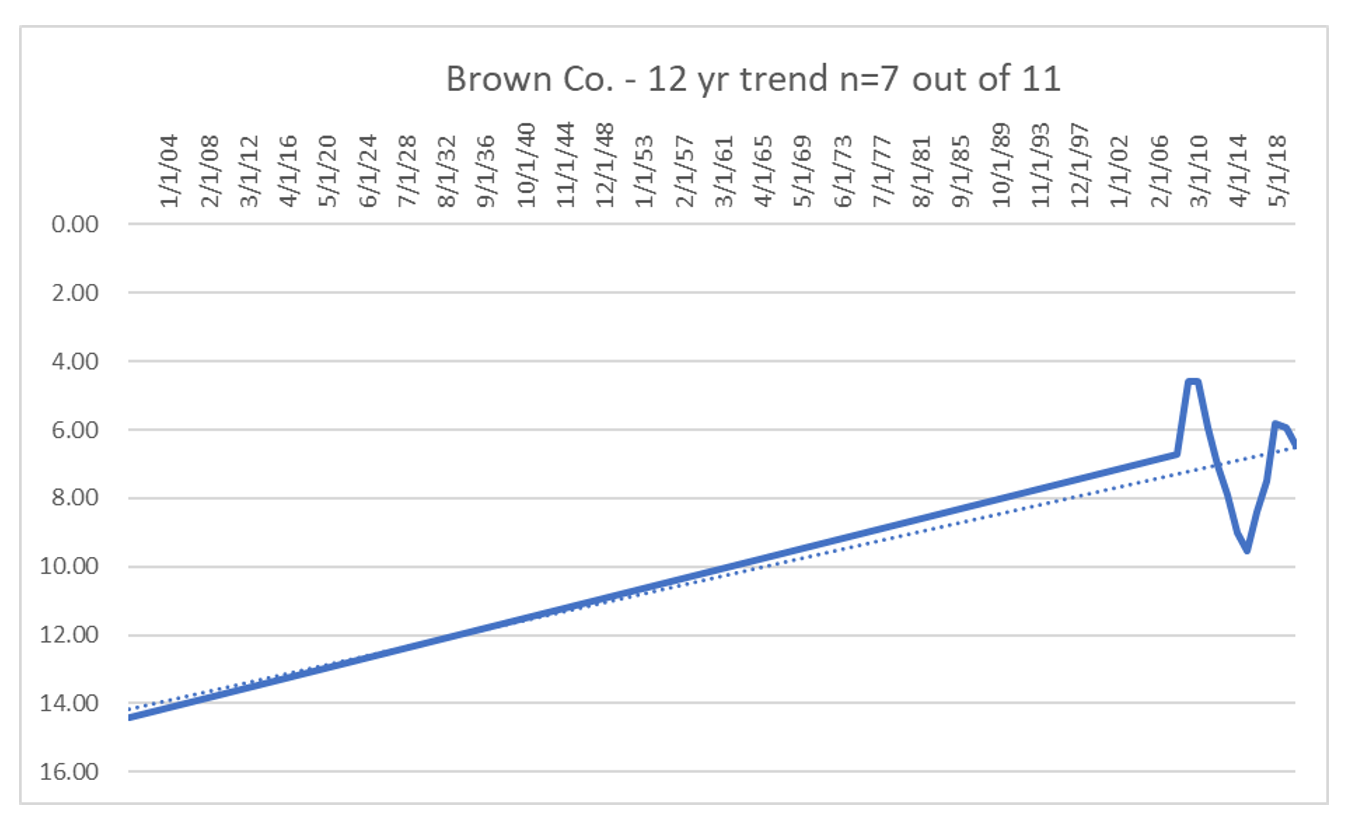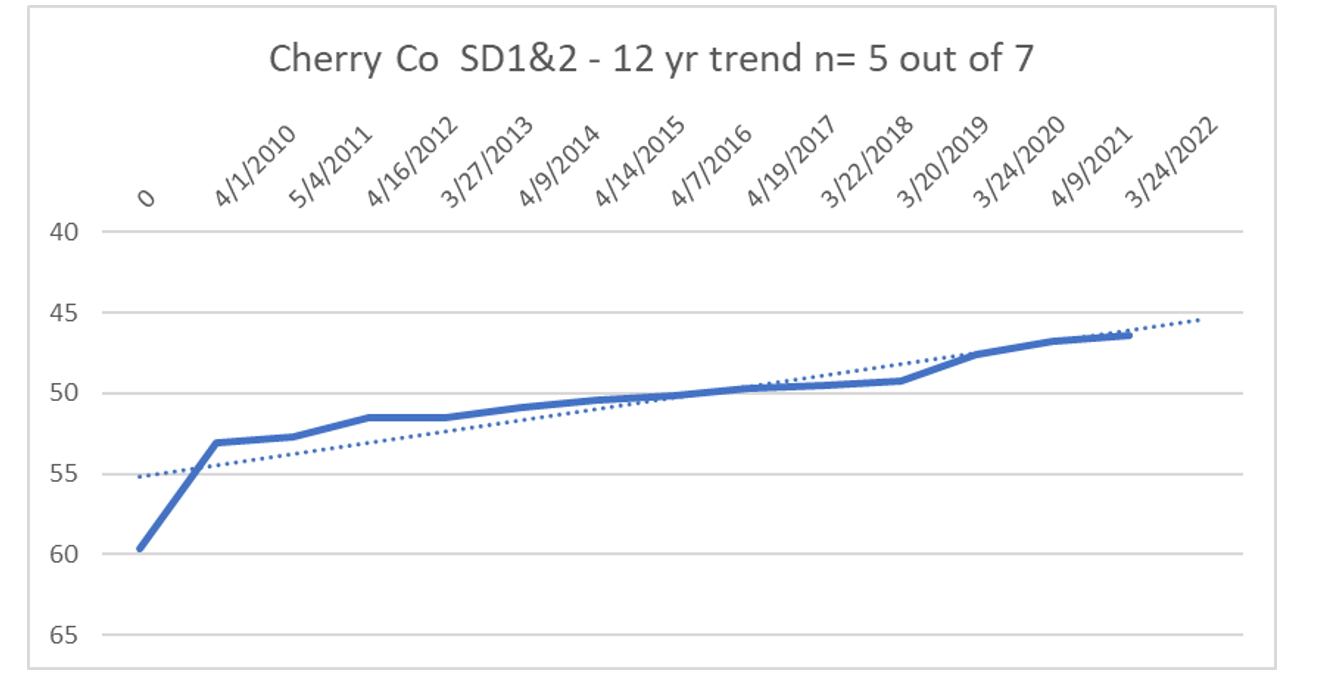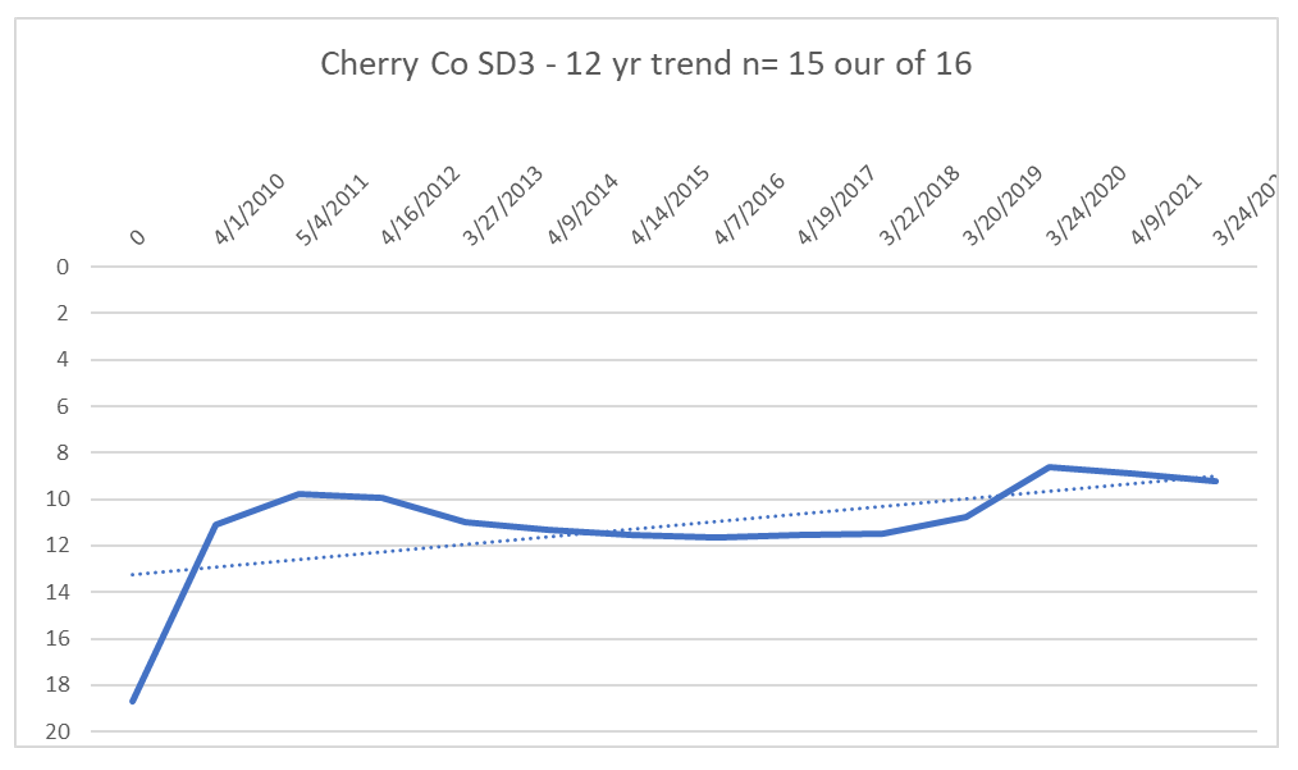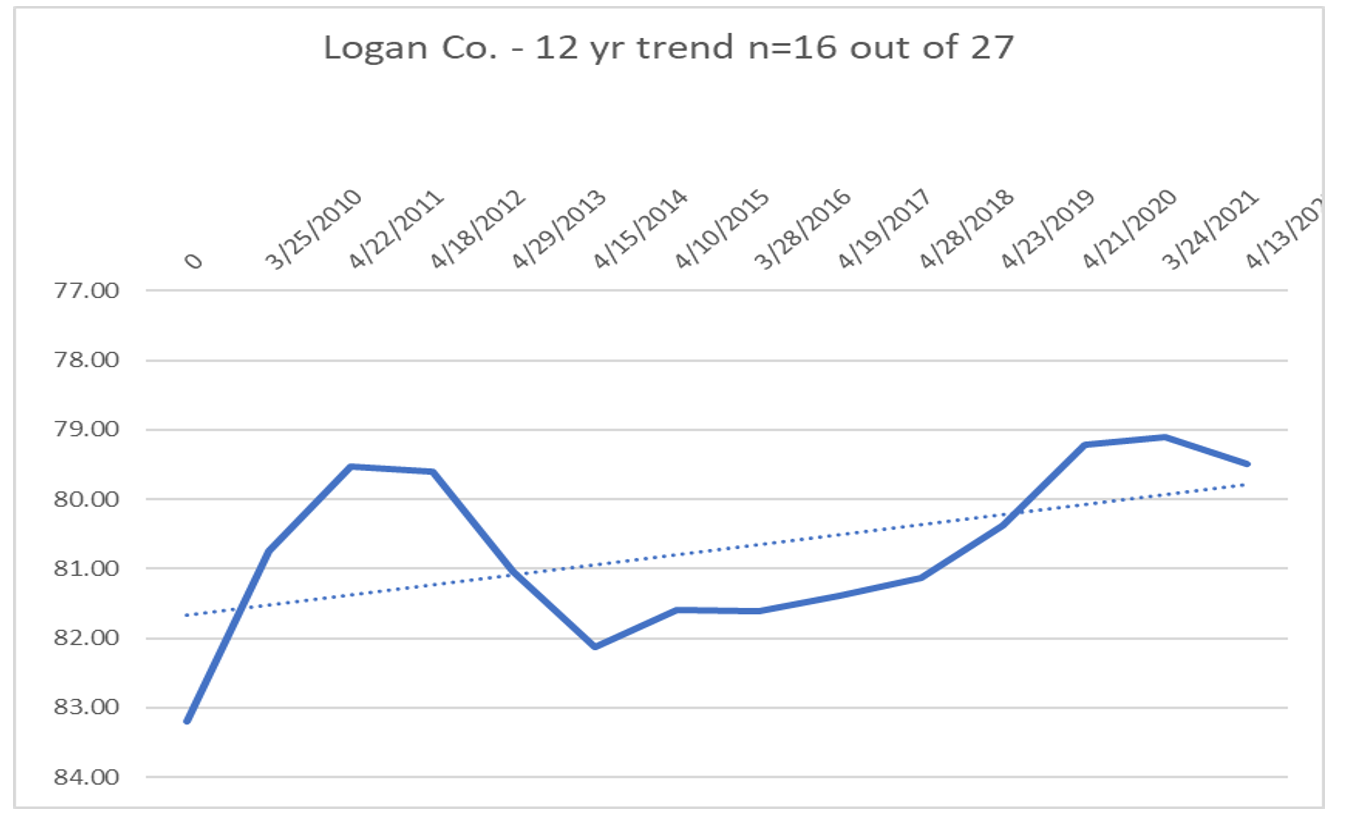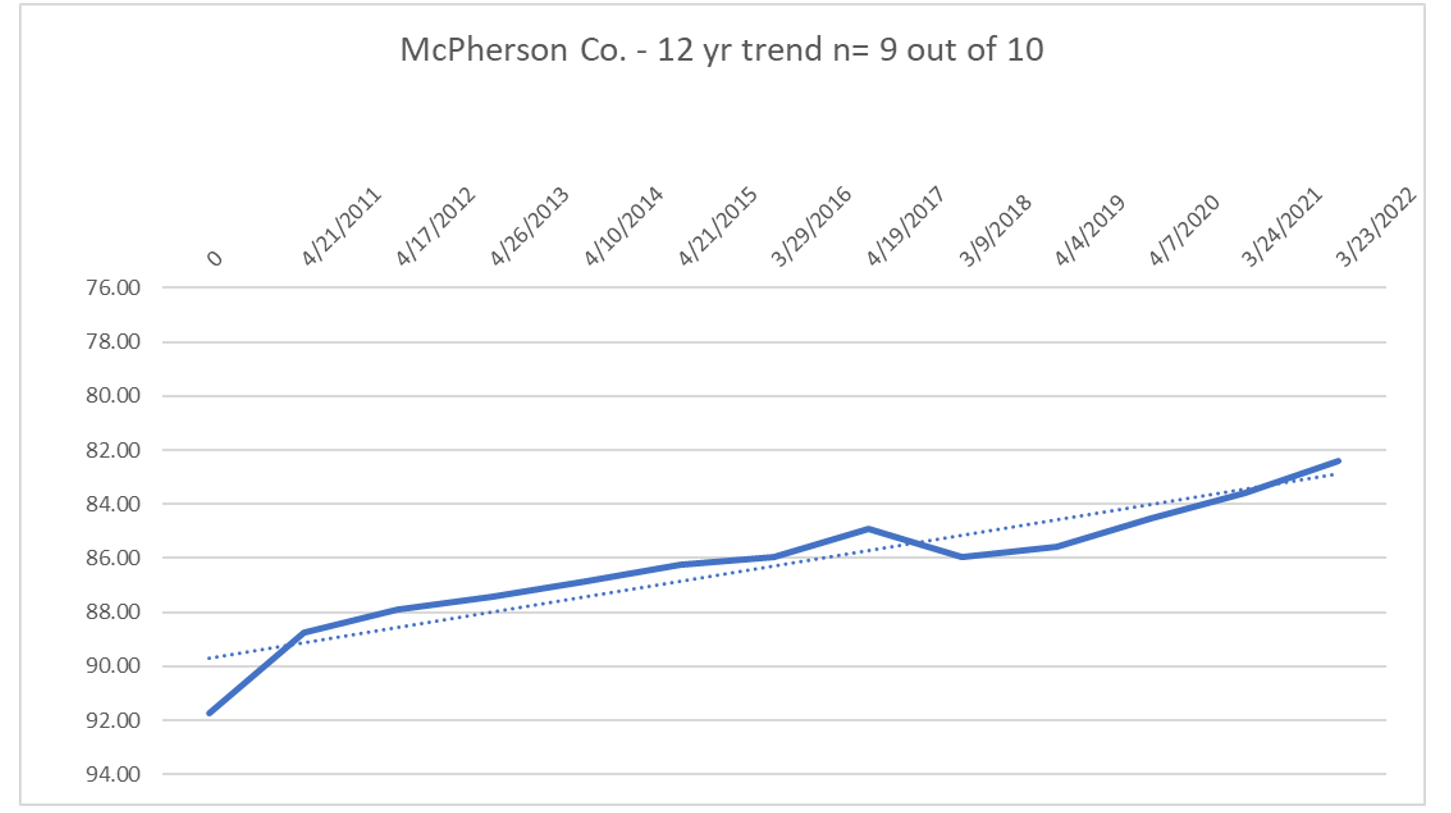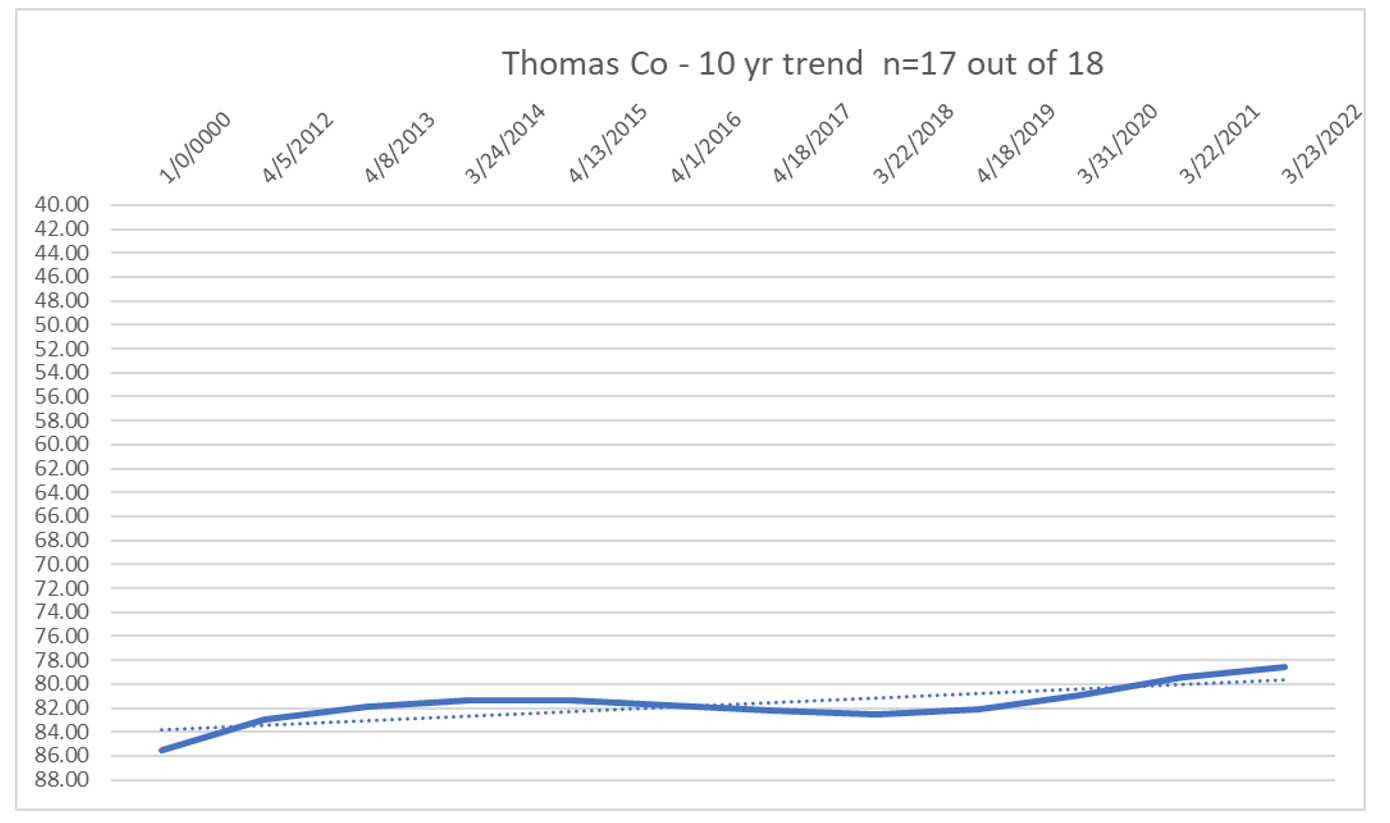Water Level Monitoring
Monitoring changes in groundwater levels is one of the NRD’s many responsibilities. While most areas of the Upper Loup NRD have abundant groundwater, this resource is not unlimited.
With the help of cooperating landowners, the NRD has established a district-wide network of observation wells to monitor changes in groundwater levels. There are currently 125 observation wells measured on a biannual basis during the spring months when not in use so that a “static” level can be recorded. If you are an owner of an irrigation well and would like to place it in our static water level monitoring network please contact our office.
Benefits of monitoring groundwater levels include:
Determine annual and long-term changes of groundwater in storage
Estimate recharge rates
Determine direction and gradient of groundwater flow
Understand how aquifer systems work
Gain insight for well construction and where to set pump bowls for efficient extraction
Why Groundwater levels change
Groundwater levels change for many reasons. Some changes are due to natural phenomena, and others are caused by human activity. Changes are generally due to one of three major factors: changes in the volume of water stored in the aquifer, changes in atmospheric pressure, and changes caused by aquifer deformation.
Groundwater is not static, rather a part of a dynamic flowing system. It moves into and through aquifers from areas of high water-level elevation to areas of low water level elevation. Groundwater-level fluctuations due to aquifer storage changes involve either the addition or extraction of water from the aquifer, both through natural means and human involvement.
Rainfall is not the only weather factor that can affect groundwater levels. Changes in atmospheric pressure can also cause groundwater levels to fluctuate. Atmospheric pressure is caused by the Earth’s gravitational attraction of air in the atmosphere. Changes in barometric pressure will cause water levels in some wells penetrating confined or semi-confined aquifers to change. The relationship is inverse. An increase in air pressure will cause water levels in the well to fall, and a decrease in air pressure will cause water levels in the well to rise. Passage of a strong high or low pressure system will generally generate water level changes from 0.2 to more than 0.5 feet in wells.
Water level changes due to aquifer deformation are commonly due to either Earth tides (gravitational effects of the moon and sun), or earthquakes. Other external stresses caused by heavy trucks and trains can also cause small degree (a few hundredths of a foot) of groundwater fluctuations in some aquifers. Changes in gravitational attraction causes a slight dilation of some aquifers, which in turn temporarily changes the aquifer porosity a slight amount. Water level fluctuations due to tidal effects are generally small, in the range of 0.2 to 0.4 ft.
